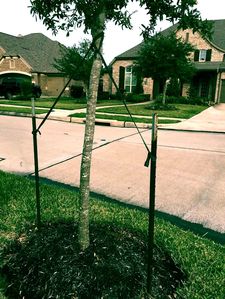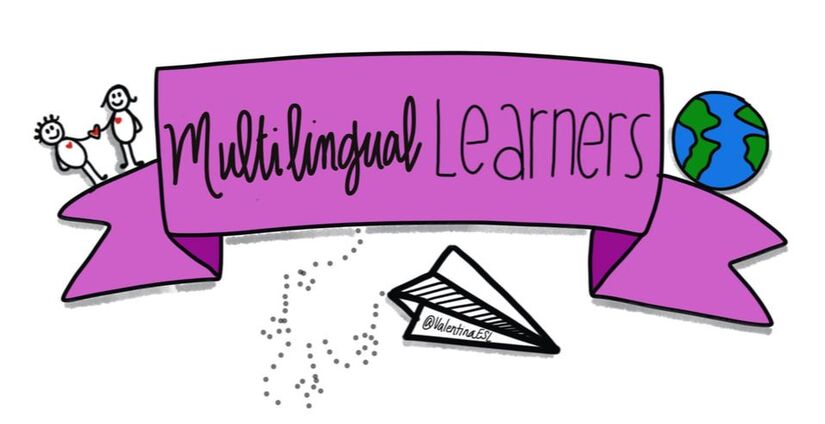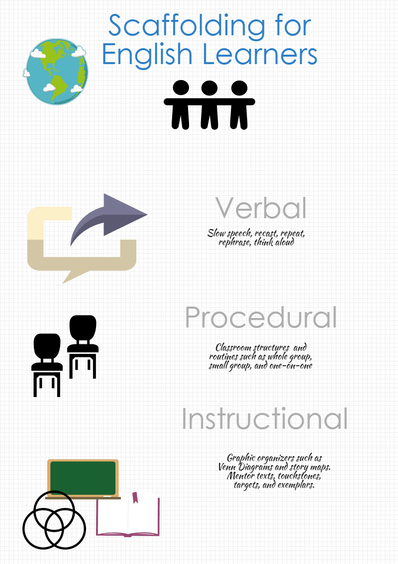 Scaffolding...when I hear this word, I think of the small trees that were planted in my front yard. Around them, the gardeners placed metal tree stakes as supports. Scaffolds in teaching are like the stakes around the tree. Interestingly enough, it is suggested that the sooner the stakes are removed, the sooner the plant can develop a strong trunk and root system. And staking a tree that does not need it can do more harm than good. So in essence, though stakes in general seem like a good thing, if implemented incorrectly, they can harm the tree. I think as educators, we can learn something from the tree.
1. not all our students will need scaffolds all the time 2. some will need different levels of support 3. remember to release the scaffolds Jerome Bruner introduced the term scaffolding in 1983. Scaffolding is the assistance provided by a teacher. Scaffolds can be divided into three main types: verbal, procedural, and instructional: Verbal
A common misconception is that scaffolding is when we simply take a student's worksheet or test and reduce the answer choices or reduce the number of problems that the student is responsible for doing. If we properly scaffold for our students and gradually release, then they will be able to do the work that is expected in our classrooms. Remember the tree. Not student needs a scaffold. Scaffolds will vary depending on students' needs. And take the scaffold away as soon as possible. Keeping it too long causes more harm than good. Resources: Echevarría, J., Vogt, M., & Short, D. (2008). Making content comprehensible for English learners: the SIOP® model. Boston: Pearson/Allyn and Bacon. Seidlitz, J., Base, M., Lara, M., Rodríguez, M., & Hartill, M. (2014). ELLs in Texas: what administrators need to know. San Clemente, CA: Seidlitz Education.
Debbie
1/2/2017 08:14:06 pm
Enjoyed reading this article! I liked the analogy to a tree and needing different levels of scaffolding that should be removed when able.
Valentina
1/2/2017 09:33:31 pm
Thank you for the feedback, Debbie. I appreciate it very much.
Tony
5/20/2020 07:36:10 pm
Good article. Trees is misspelled in first sentence. Second last sentence should be away, not way.
VALENTINA GONZALEZ
5/20/2020 08:09:32 pm
Hi Tony,
Wayma
11/10/2020 10:08:19 am
I love your article and also your example of the stakes around the tree. I was also an English learners and I know how intimidated is when they feel shy of speaking a different language. All the strategies you mention are good examples to help the child to interact and make them to practice a different language. Comments are closed.
|
Categories
All
|


 RSS Feed
RSS Feed
